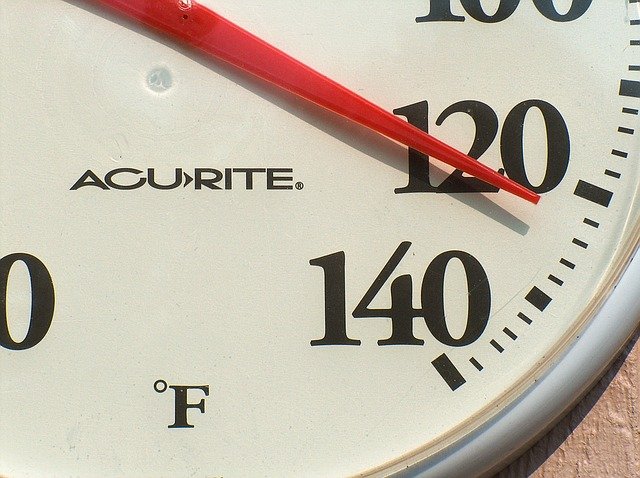 The warm weather that rings in summer brings plenty of exciting events, but it also causes a spike in serious injuries and fatalities (SIFs) among contractors each year, especially in July and August. This data comes from ISN’s Serious Injury and Fatality Insights Report based on an analysis of 55,000+ recordable incidents in construction, manufacturing, agriculture, transportation and warehousing, and additional industries from 2017 to 2019.
The warm weather that rings in summer brings plenty of exciting events, but it also causes a spike in serious injuries and fatalities (SIFs) among contractors each year, especially in July and August. This data comes from ISN’s Serious Injury and Fatality Insights Report based on an analysis of 55,000+ recordable incidents in construction, manufacturing, agriculture, transportation and warehousing, and additional industries from 2017 to 2019.
The Dangers of Hot Summer Months
In general, there are many events that lead to SIFs with the primary causes including: coming in contact with objects, falls, and slips and trips. In addition to the typical incidents recorded, the higher temperatures outdoors are a contributing factor to the spike in SIFs during the summer.
Over the summer months, more hours of sunlight permit longer working hours that ultimately could cause fatigue among workers. Not only do they suffer from the physical exhaustion of working extended hours, but they also risk mental fatigue. Heat stress combined with long shifts can result in delayed cognitive functioning that puts workers at higher risk of injury.
There is additional potential that workforce dynamics can play in the increased incidence of SIFs over the summer. With workers taking time off, the shortage of labor could result in more consistent employee turnover. For example, many construction workers during the summer season are also short-service employees. The combination of factors mentioned including higher temperatures, mental fatigue, and workforce changes, offer an explanation for the increased rates of SIFs we see during the summer.
PREMIUM CONTENT: North America Temporary Worker Survey 2021: Full Report
Preparing to Reduce SIFs this Summer
Contractor management should always have an injury, illness and fatigue prevention program in place. In preparation for hotter months, employers should educate employees on the risk of heat stress, and discuss the best clothing and protection to wear. Management should also encourage employees to take frequent breaks, and provide workers with proper equipment and resources to cool down. These actions can help contractors recover from the heat and continue summer work in a safe manner.
The key to keeping SIF incidents from occurring, both during the summer and year round, is promoting an effective safety culture. A positive safety culture begins with commitment from leadership. Implementing written policy, and investing in training and education to protect workers is the first step. But leaders really need to seek feedback from frontline workers, who are the individuals at risk of SIFs. Empowering individuals to report issues so that leadership can address them encourages a culture that works together to actively build safer working environments.
Data analysis also plays a critical role in mitigating risk of SIFs. Understanding the factors contributing to past incidents and near misses offers direction to leadership on what actions must be taken to reduce SIFs from occurring. Data analysis allows organizations to focus on processes to eliminate risk factors. Additionally, with the rise in use of third-party contractors, organizations should have strict assessments in place to determine the readiness of new workers.
Data from the last few years has indicated that serious injuries and fatalities rise during the summer. Organizations should be leveraging insights from data to understand the root causes of SIFs, and subsequently implement policies and processes to help them on their journey to zero incidents.